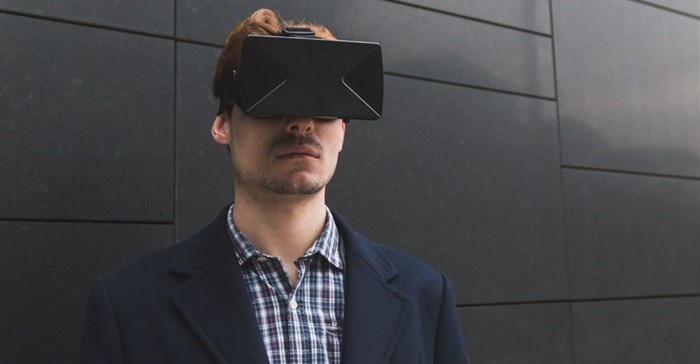While you'd be forgiven for thinking that the future of retail is solely online, actually, the offline world has just as much to offer. In fact, it's the connection between online and offline that will really drive change in South Africa's retail sphere.
So what technology is set to change the retail experience for users, and how can traditionally offline retailers adapt to these changes?
Virtual reality
Once a mere buzzword, today virtual reality (VR) is a living, breathing product that, slowly but surely, is making its way into consumers’ lives. With the price point of VR headsets set to come down in the years to come, VR will be affordable for consumers – and retailers too.
VR is set to really transform the retail experience. Being able to offer customers immersive, amazing in-store experiences that showcase your products and services in exciting new ways will be key to attracting and retaining customers. Forward-thinking retailers should invest in research and development to stay ahead of the curve. Consumer technology is evolving at such a high rate for those bigger retailers it makes sense to create innovation teams so that they can rapidly prototype and test.
Offline to online
In the past, we liked to think of the online and offline worlds as being completely separate. In fact, they are much closer together than we realised. According to the Future of Retail infographic by Bridge, 82% of customers now conduct their own research online before buying a product, negating the need for direct advice from sales assistants or shopping publications, and allowing businesses to target shoppers a lot earlier in their purchase journeys.
For retailers, the challenge is to bridge the gap between the online and offline worlds effectively. They can do this by:
• Using social media to drive footfall
• Develop useful, accurate store locator platforms to attract people to stores
• Use local SEO techniques to compete for local search terms and start showing up in search results
Data, data, data
Big data brings big changes. Retailers are harnessing big data – large datasets that can be analysed to reveal patterns and trends – to inform their selling strategies. If, for example, you are able to use data to find out more about consumer shopping patterns - when people tend to shop, say, how many items they typically buy, how they interact with your brand online – then are you well placed to develop strategies that tap into these trends.
Data is one of the most powerful tools retailers have and we should expect to see it being used more effectively to drive revenues with targeting down to an individual level.
Artificial intelligence
As artificial intelligence grows, how will we see it used in retail? Well, imagine a world where AI bots and robots are used to provide customer services and perform routine maintenance tasks. As AI intelligence develops, retailers will start to use online chat bots to give customers useful information and answer questions.
In stores, robots could be deployed to undertake certain tasks, like stocking shelves and sweeping floors. This frees up human staff to work on other jobs. AI has a real potential to completely transform retail.
The digital and physical world continue to grow closer together. Retailers that can harness technology that blurs those lines will succeed in capturing consumers’ attention.


































